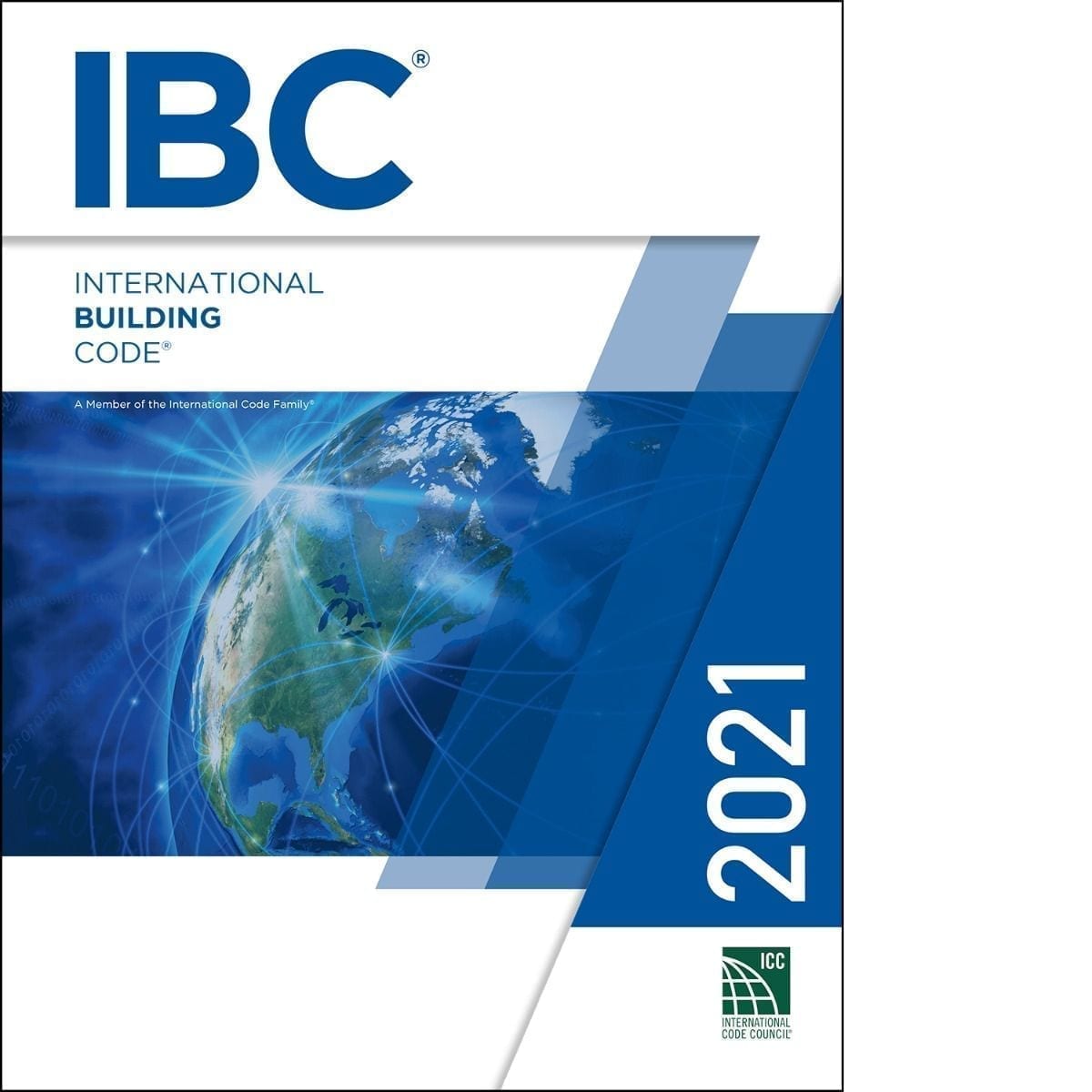2021 International Building Code (International Code Council Series) 1st Edition
$174.99
This code applies to all buildings except detached one- and two-family dwellings and townhouses up to three stories.
In stock
This code applies to all buildings except detached one- and two-family dwellings and townhouses up to three stories. The 2021 IBC® contains many important changes such as:
- Puzzle rooms (escape rooms) are now defined and regulated as special amusement areas, requiring compliance with Section 411 and special means of egress requirements.
- For the purposes of determining the allowable number of control areas in a building, each portion separated by one or more fire walls is now considered as a separate building.
- In Group E occupancies, enhanced classroom acoustics in compliance with ICC A117.1 are to be provided in all classrooms having of volume of 20,000 cubic feet or less.
- The requirements for metal composite materials and systems (MCM) installed on the exterior walls of Types I, II, III and IV construction were simplified and sprinkler allowances were deleted
- The use of intermodal shipping containers as buildings is now specifically addressed through provisions intended to supplement existing applicable IBC requirements.
- Automatic sprinkler protection is now required in Group S-2 open parking garages where any fire area exceeds 48,000 square feet.
- The 2017 edition of ICC A117.1 was adopted.
- Parapets of a minimum height are now required for aggregate-surfaced roofs to prevent blow-off.
- Mixed occupancy buildings with assembly spaces are placed in Risk Category III when the total public assembly occupant load is greater than 2500 people.
- The 2021 IBC snow map is updated to match ASCE 7-16 snow maps by adding a reference to ASCE 7 snow tables in states with large case study areas.
- Secondary rain loads are updated to be consistent with ASCE 7.
- Special inspection requirements were added to address the anchorage and connection of mass timber structural elements.
- Installation of firestop, fire-resistant joint systems and perimeter fire barrier systems in residential-use buildings now requires special inspection in Group R fire areas having an occupant load exceeding 250 people.
- Frost protection for egress doors was added to the foundation requirements.
- ACI standards ACI 117 and ITG 7 were added by reference to provide acceptable tolerances for concrete construction.
- Three new types of construction (Types IV-A, IV-B, and IV-C) allow mass timber buildings of taller heights, more stories above grade, and greater allowable areas compared to existing provisions for heavy timber buildings.



